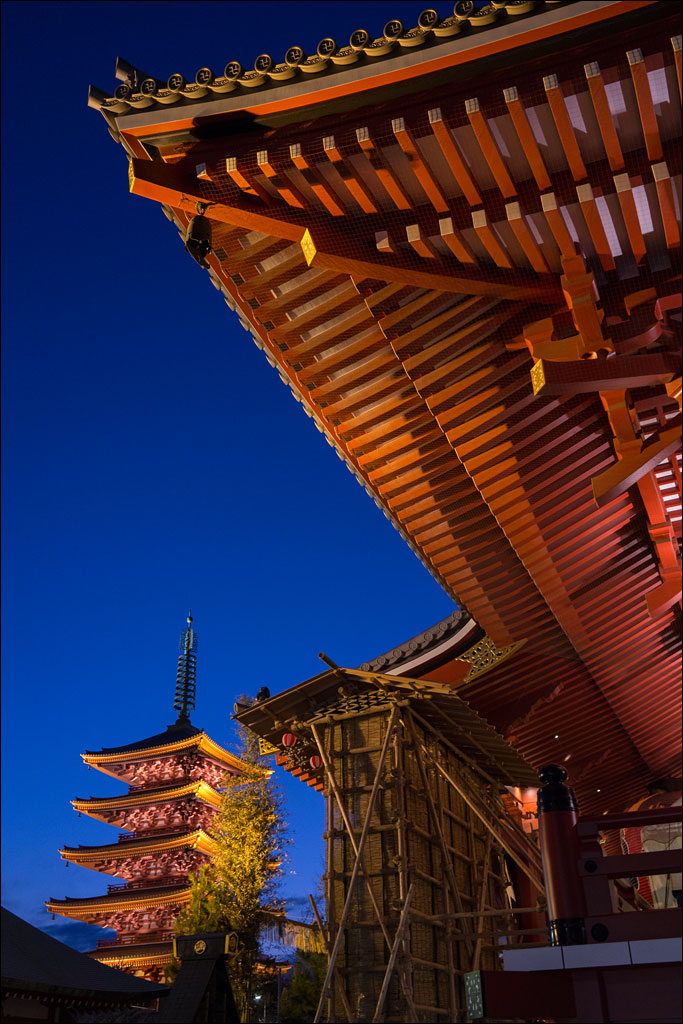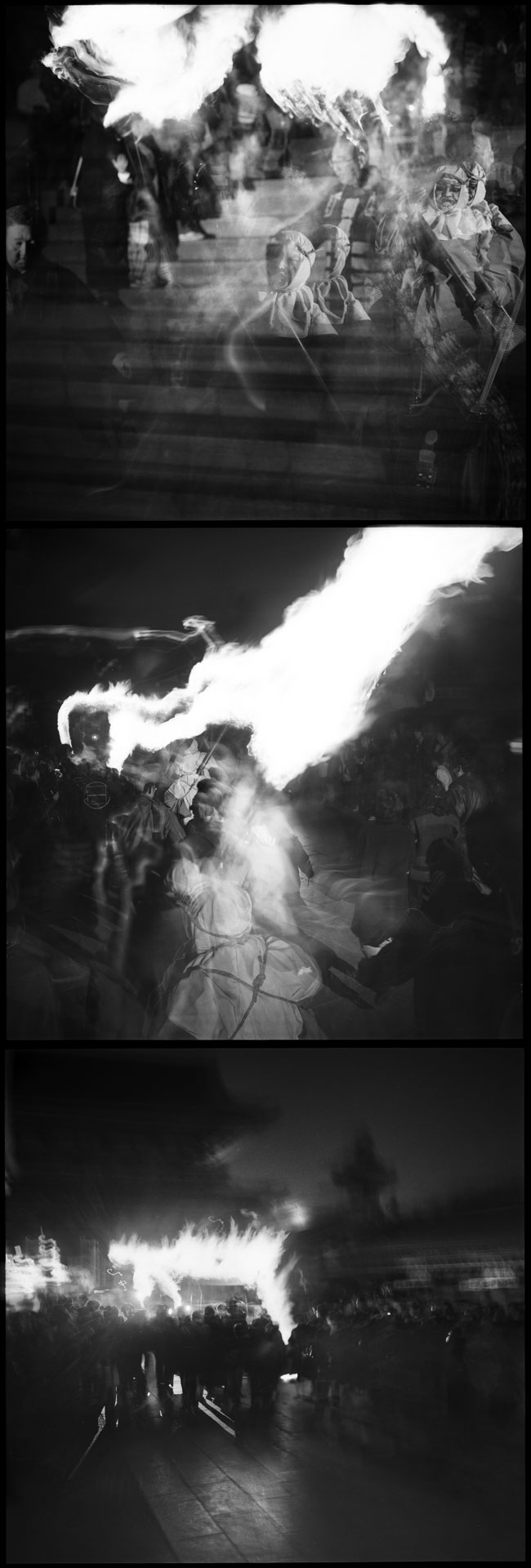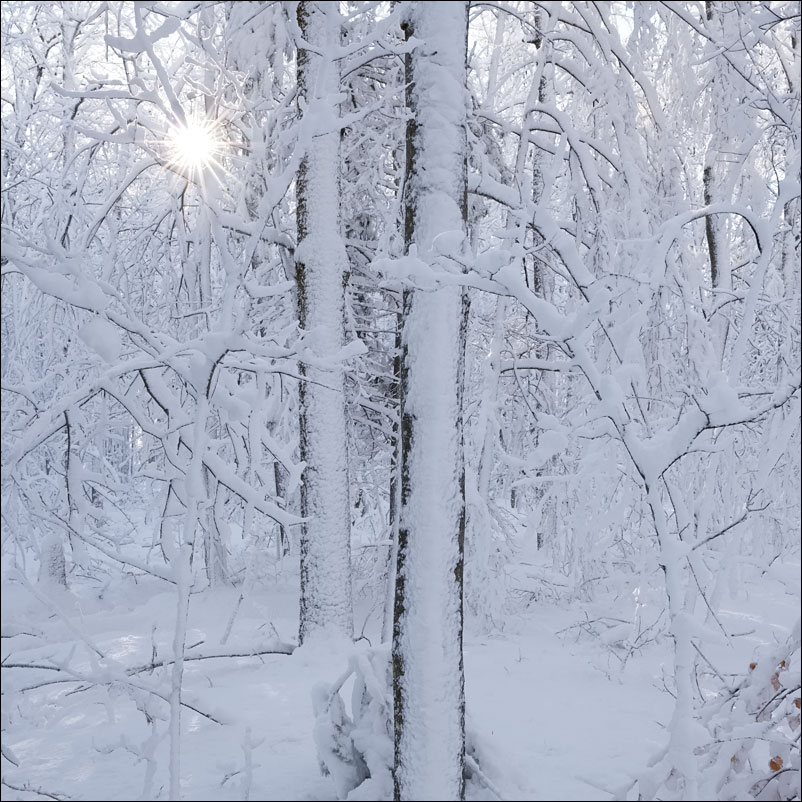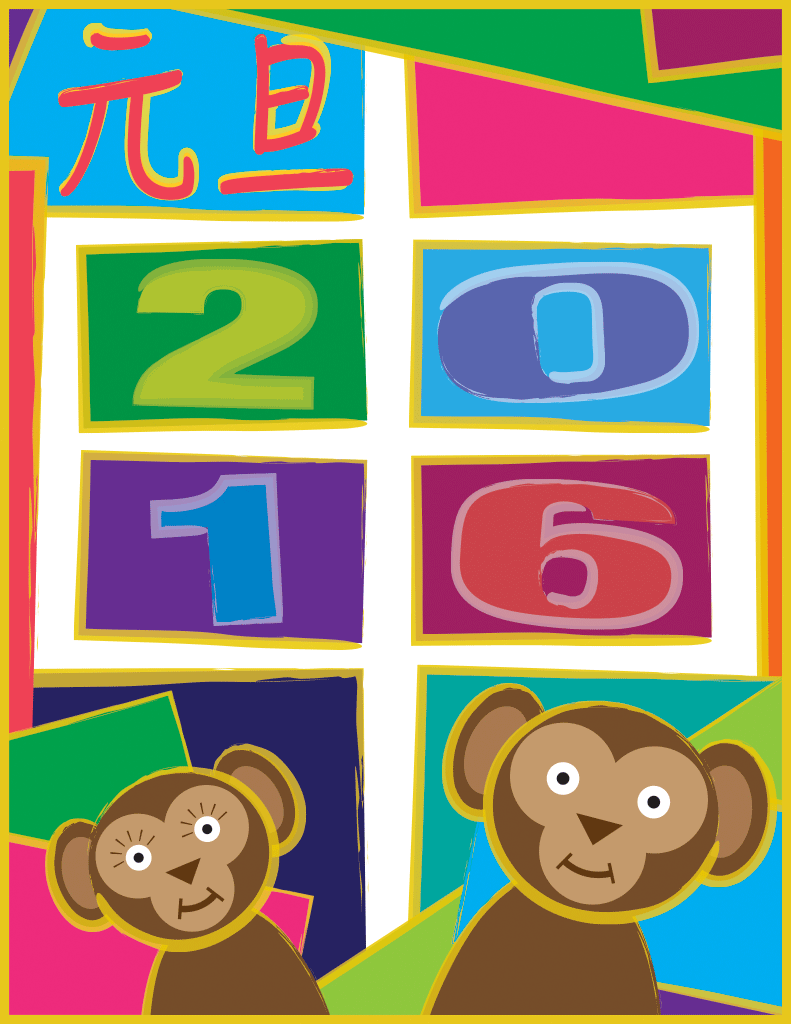Wishing you a wonderful 2023
Tag Archives: New Years
Happy New Year
Naomi, Hikari, and I wish you a wonderful and prosperous new year!
We have been busy with preparing for a new adventure and so have not been able to post for a while. Our life has taken us to Kansas City, Missouri. We started this blog when we were living in rural Maine, sharing our life on five acres of woodland as well as previous adventures in Japan and the US. We spent a wonderful year in Florida before arriving here. We hope you will continue to share our adventures as we explore this new place.
New Years Day, 2017
New Years in Tokyo
 New years in Japan is a rich event. Millions of Japanese visit shrines and temples. One of the largest temples in Tokyo and one of the busiest is Senso-ji in Asakusa. This temple is famous for its gate. What it is little known for is one of the shortest rituals of the new year celebration, moja-okuri. Click on the image for a larger view.
New years in Japan is a rich event. Millions of Japanese visit shrines and temples. One of the largest temples in Tokyo and one of the busiest is Senso-ji in Asakusa. This temple is famous for its gate. What it is little known for is one of the shortest rituals of the new year celebration, moja-okuri. Click on the image for a larger view.
Happy New Year
New Years Eve in Tokyo
 New Years is a big deal in Japan. It is simply not a party during the evening of December 31st. It begins then, but will be celebrated for the next several weeks. January is a month of firsts—the first visit to a shrine or temple (hatsumode), the first drawing of water, the first calligraphy, the first day of business, and so on.
New Years is a big deal in Japan. It is simply not a party during the evening of December 31st. It begins then, but will be celebrated for the next several weeks. January is a month of firsts—the first visit to a shrine or temple (hatsumode), the first drawing of water, the first calligraphy, the first day of business, and so on.
This is the main gate to Meiji Shrine, the largest shrine in Tokyo. In the first three days of 2010, 3.2 million people visited this shrine. When you think that most people leave a ¥100 coin (about a dollar) as an offering, New Years is an important time for these places. Click on the image for a larger view.
Mõja-okuri: The End of New Years
 Moja-okuri is a rite that signals the end of the New Year celebrations in Japan. This ritual takes place on January 18th at Senso-ji, also known as Asakusa Kannon Temple in Tokyo.
Moja-okuri is a rite that signals the end of the New Year celebrations in Japan. This ritual takes place on January 18th at Senso-ji, also known as Asakusa Kannon Temple in Tokyo.
After dark, the lights are turned off in the temple grounds. It is pitch black. Two priest dressed as demons and carrying flaming torches run out of the main hall and through the precincts. They leave the temple grounds and go to a nearby site where the torches are extinguished in a small pit. The whole event is over in five minutes.
The priests represent evil spirits—one red, one blue. If the sparks from the torches fall on you, it is believed you will have good health throughout the year. People collect the ashes that fall from the torches as good luck charms.




